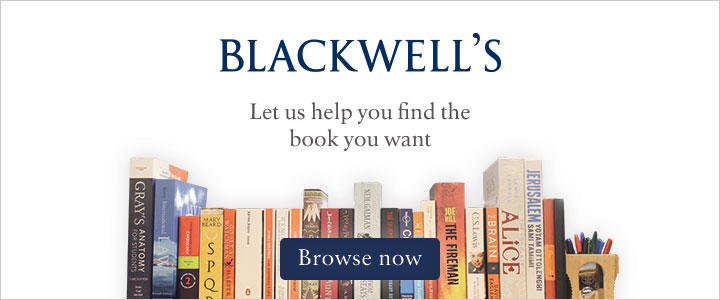
Reviewed by Ian Carter
This is a book I probably wouldn’t have read had I not been asked to review it. The name Willughby was not a familiar one – other than a vague notion that he, and his close associate John Ray, had something to do with birds a very long time ago.
Yet the approach of focussing on an individual is a good one. It provides an accessible way into the story and a very real sense of what it must have been like to be interested in wildlife (as it wasn’t called) in the mid-1600s. Communication and travel opportunities were obviously very different. And there was no agonising over what brand of binoculars or camera to purchase – though perhaps it took a while to choose a decent shotgun. There were books of sorts but reliable information was hard to come by.
For those interested in nature there were difficulties in establishing even the basic facts that we now take for granted. How, for example, did small birds survive severe winter conditions? Did some of them morph into the species seen here only in winter? Did they find places to hibernate until better conditions returned? Or, more preposterous still, did they decide that flying off to a warmer continent was the best bet?
Even establishing the names and boundaries of different species was challenging and this is what Willughby and Ray devoted much of their time to. Were similar looking birds variants of the same species or separate ones? Were very different looking birds separate species or just male and female of the same species? Looking beyond England it was necessary to try to separate the mythical creatures that people sometimes believed in (and illustrated in books) from reality. This they achieved with some success though their precautionary approach led them to wrongly rule out a few good species too. The suggestion that large chicken-like birds were stomping around the far east, depositing their eggs in decomposing vegetation to avoid having to incubate them was an unconvincing one.
As the story develops it becomes clear just what an important period this is for early scientific development, exemplified by Willughby and Ray’s efforts properly to identify and organise the species they saw. Their ornithology book, years in the making, set out the first true classification for birds and provided a solid foundation for others to build on. They did much the same thing for fish and ‘insects’.
It must be tricky to piece together a story that took place so long ago, based on fragmentary, and at times contradictory, records. Tim Birkhead does this with great skill, admitting where there are gaps and uncertainties, sometimes guessing at what might have taken place, but always being open and up front about it. Anything not flagged as an informed guess is backed up by good evidence. It is the approach of a scientist and a welcome change from accounts where grave liberties are sometimes taken with the historical record.
He is also a consummate story teller. His opening premise is that Willughby’s achievements were considerable and have been greatly undervalued, largely due to his early death. Part of the book’s purpose is to help set the record straight. It’s a book I enjoyed more and more as I was drawn into the story and one that has left a lasting impression.
The Wonderful Mr Willughby: The first true ornithologist, by Tim Birkhead is published (on Thursday 3 May) by Bloomsbury.
[registration_form]